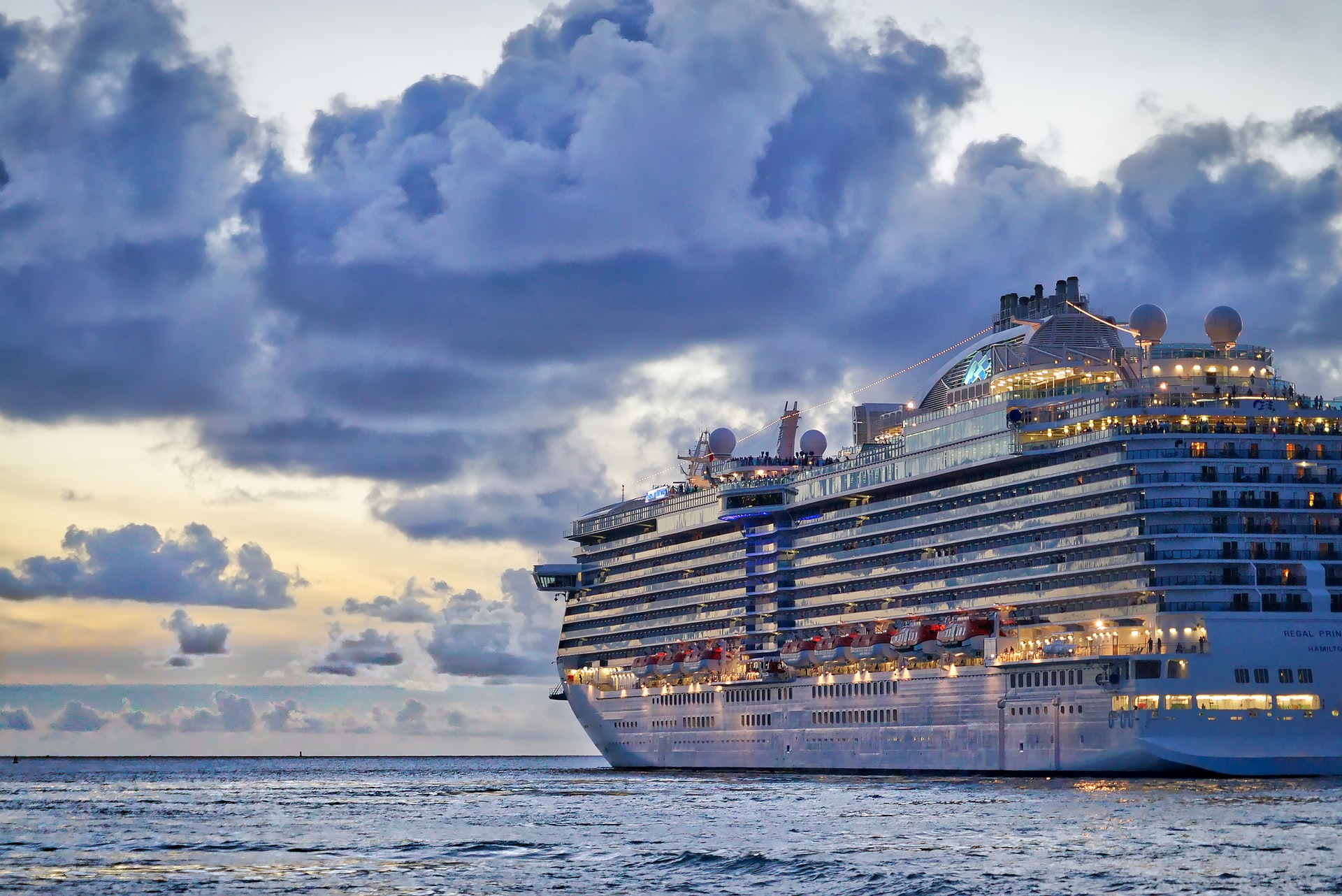The cruise industry has mostly been on pause since March 2020, but green shoots are finally appearing. Europe and Asia have resumed cruising in limited capacity, while the U.S. Centers for Disease Control’s “No-Sail Order” is set to expire on October 31. Even if the agency decides to extend the order by another month, industry insiders believe the greenlight will be given for US cruises to resume by year’s end. A removal of the CDC’s suspension should provide a major catalyst for 2021 bookings which, by some accounts, are already looking promising.
Related Stocks: Carnival Corp (CCL), Royal Caribbean Cruises (RCL), Norwegian Cruise Line (NCLH)
In the early days of the COVID-19 pandemic, cruises were hotspots for the spread of the disease. The British-registered Diamond Princess was the first cruise ship to have a major outbreak on board, with the ship quarantined off the coast of Japan for an entire month. Over 700 people became infected, and 14 people died. At the time, the ship accounted for over half the reported cases of SARS-CoV-2 outside of mainland China.
Governments and ports responded by preventing many cruise ships from docking and advising people to avoid travelling on cruise ships. Similarly, many cruise lines suspended their operations to mitigate the spread of the pandemic.
At this point, 37 million people around the world have contracted the coronavirus, of which more than 1 million have died. About 3,600 of those cases and 41 deaths stemmed from cruise ships and most of these occurred toward the beginning of the pandemic.
Getting Ahead of the Curve on Safety Protocols
Because of its early brush with COVID-19 outbreaks and the suspension of sailing for months after, the cruise line industry has worked hard to implement health and safety protocols that will encourage travelers to come back onboard. In this respect, cruise lines are ahead of the curve compared to other segments of the travel industry.
The cruise industry spent months researching best practices so they could come up with industry-wide plans for returning to sailing. The most notable was the “Healthy Sail Panel” formed by Norwegian Cruise Lines and Royal Caribbean. This panel of health experts — headed by Dr. Scott Gottlieb — the former head of the FDA and Mike Leavitt, a former governor and Secretary of Health and Human Services — came up with 74 individual recommendations for cruises to return safely.
Cruise lines around the world have also committed to testing every passenger and crew member for COVID-19 before boarding. A negative test is required before embarkation, and the rule applies to all ships with a capacity to carry 250 or more persons. Several airlines have also announced testing initiatives, but not on an industry-wide basis.
Technology will facilitate the validation process. A new digital health passport called CommonPass debuted this month. With CommonPass, travelers would take a Covid-19 test at a certified lab, upload their results to their phones and complete any additional health-screening questions that their destination requires. CommonPass will verify the traveler has met the destination’s requirements and generate a QR code that can be scanned by airlines, cruise ships and border officials as needed.
Business Cycle Turning Point for Travel
Equipped with these safety measures and benefitting from pent-up demand for travel, the cruise line industry is starting to see some green shoots.
In Europe, ships large and small have hit the waters again, boosting the industry’s confidence that service can resume safely. More than 100 cruises carrying 50,000-plus passengers have already sailed successfully in Europe since the summer…
To read the rest of this Market Insight, START A FREE TRIAL You’ll also gain access to: If you already have a subscription, sign in










